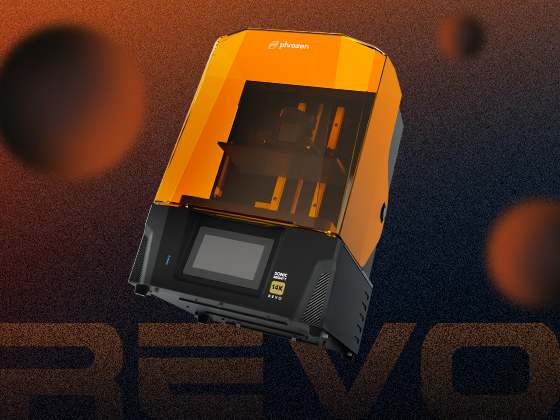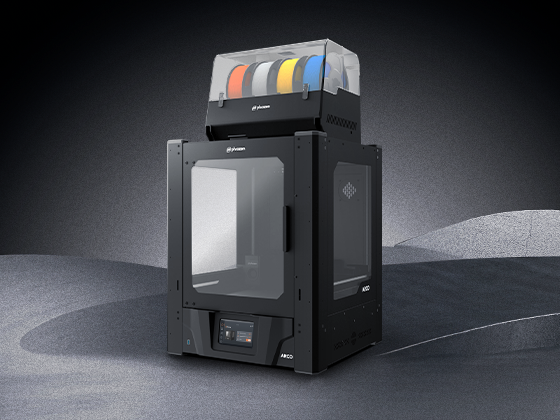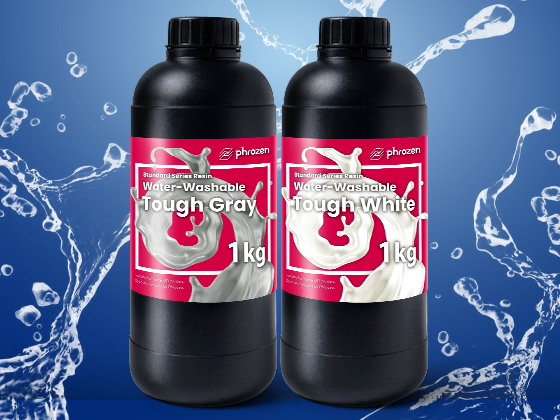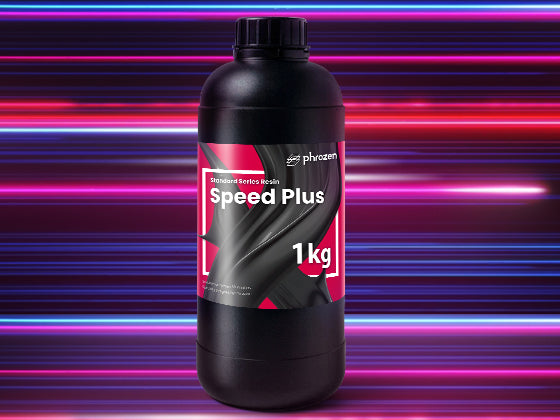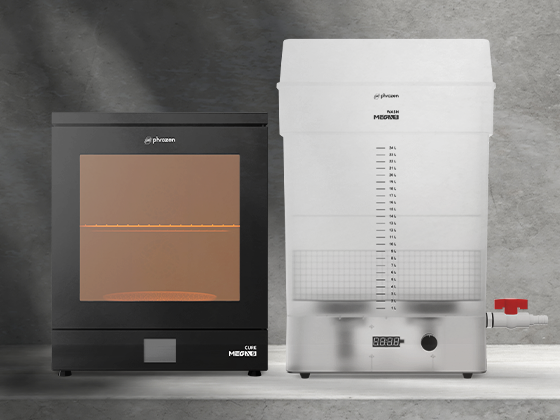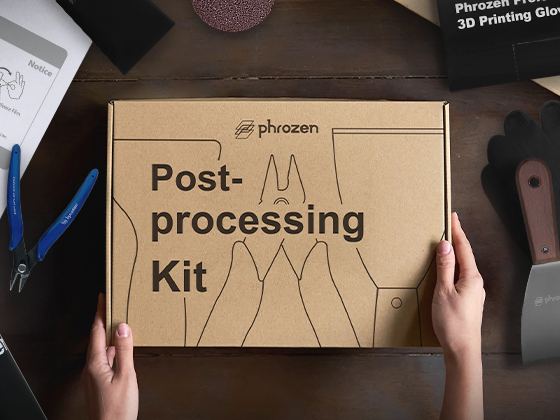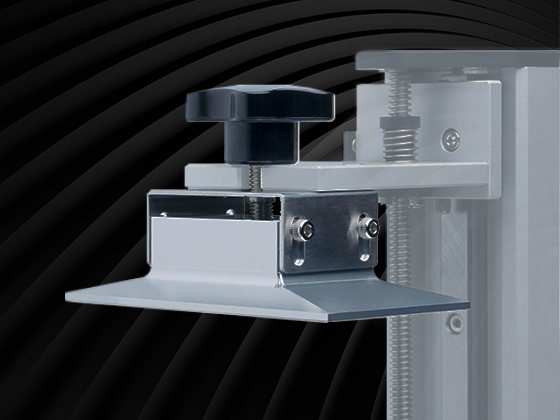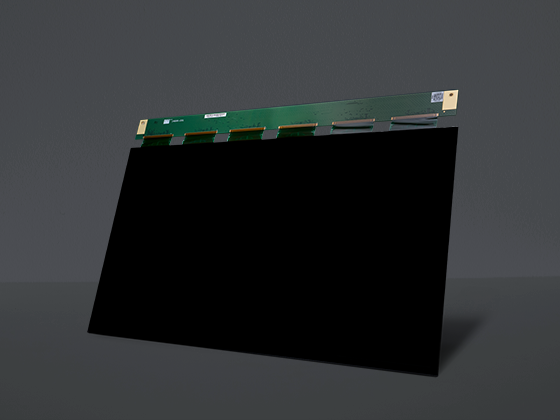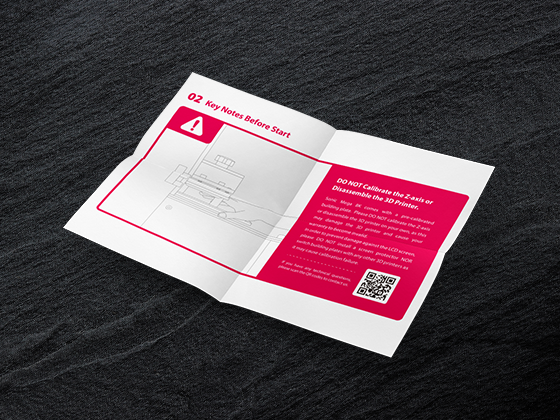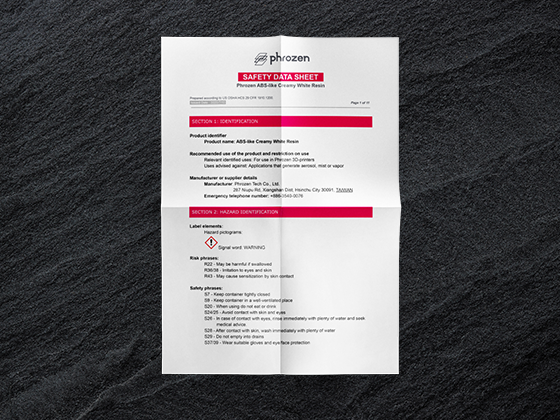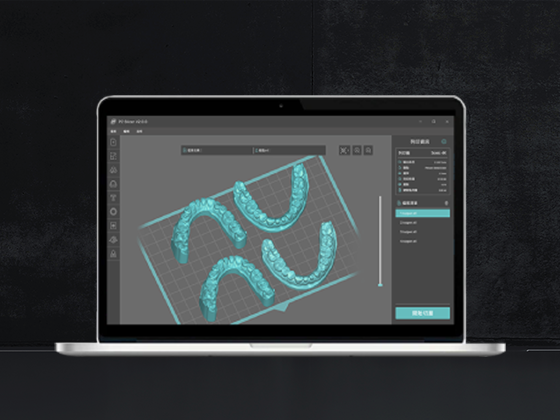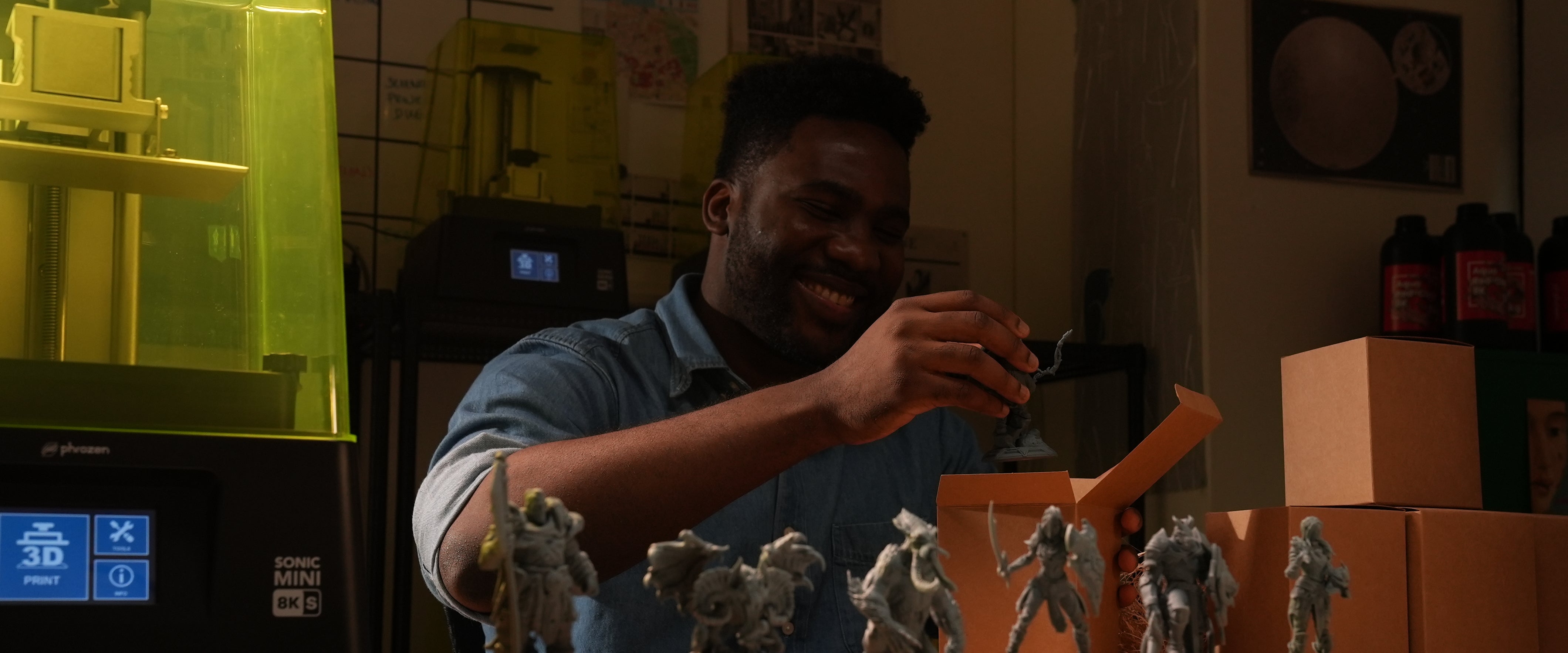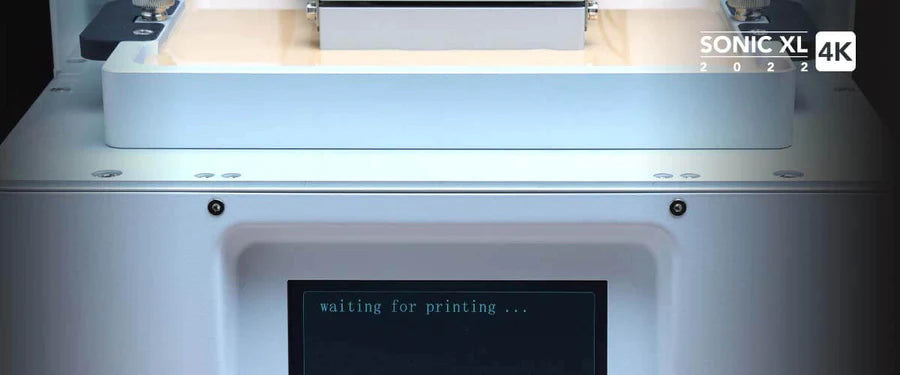There are several reasons for you to use a 3D printer. Aside from the fact that there are entry-level printers that are relatively cheap, it is also a way of spending time honing creative skills. In addition, it is fun to see something on the computer and bring it alive in a physical form.
If you're among the students who like challenges, you'll enjoy understanding the setup. There are 3D printers that suit beginners, but you'll have to navigate everything yourself. That's why you should know about 3D before deciding to start.
Reasons for Learning 3D as a Student
It is a fun activity, but there are several reasons for learners to know more about 3D printing. The knowledge of 3D printing helps enhance studies, especially if students are interested in careers like architecture and engineering; these skills would be implementable in the future profession. 3D learning helps students prepare for career prospects like these.

If you want to spend more time enjoying your hobbies like 3D printing and modeling, you can have online writing services to help with your assignments. It gives you the initial idea and helps you to further work on your assignments. Or, if you are more into the practical stuff, you can also try to use a research paper service to assist you in academic writing and editing papers. So you can work on the mechanics and practical stuff without worrying too much about the nitty gritty details of grammatical rules.
Some reasons for students to learn about 3D include the following:
Learning Through Practice
Having theoretical knowledge is not enough for proper performance. It is essential to know how to transform knowledge into practical ideas. Practicing skills like printing improves practical thinking.
3D printing is a way of blending theoretical knowledge with practical skills. A learner may be given a 3D model to assemble or a virtual design to work on with a 3D printer. When 3D is taught in schools, it offers visualization of equipment and practical skills to try out different types of designs.
It Makes It Fun to Learn
3D printing technology has evolved over the years. One of the significant benefits of 3D printers is that they make studying more fun. People develop an interest in anything related to 3D models as it is a practical method of attaining knowledge through a model. Aside from being functional, 3D printing also gives you the thrill and satisfaction of creating.
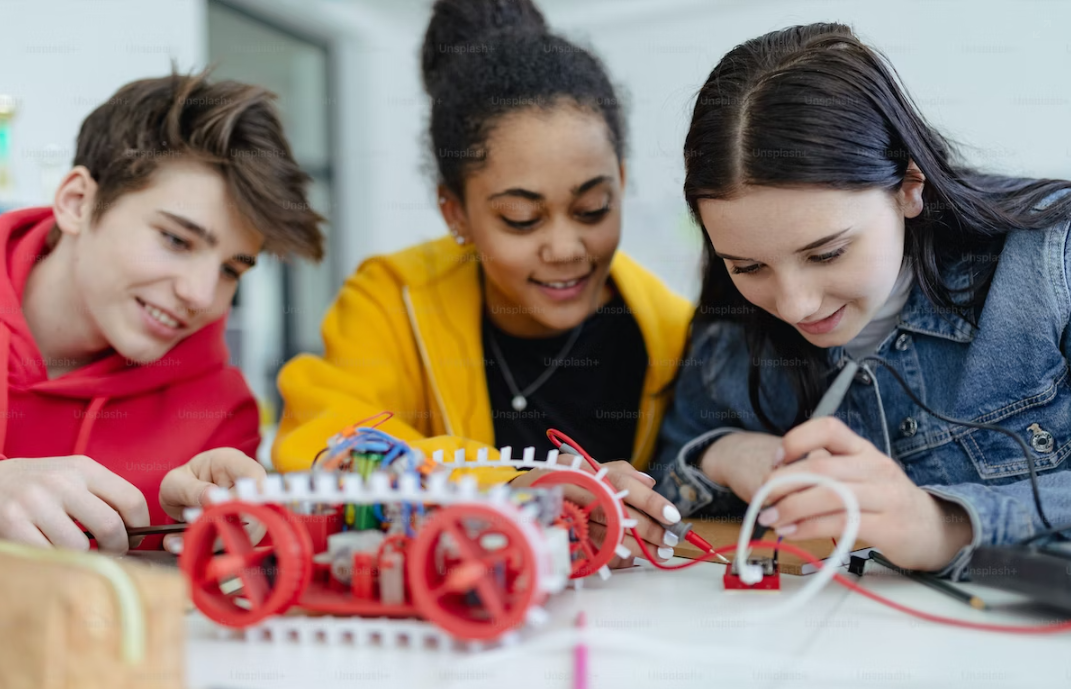
It Enhances the Simulation of Real-life Situations and Environments
One of the critical benefits of 3D printing is the ability to simulate the real practice environment and situation. Different things can be replicated using 3D modeling, giving the real-deal experience without the repercussions of mistakes. Simulation training also reduces the requirement to purchase and manage equipment. Since it’s a physical replica, it is easily adjusted and edited to keep it up to date with the actual model.
How to Print a Model on a 3D Printer
Most beginners get free design resources online. On the other hand, you could opt for making and scanning a model by yourself with different applications, the options are endless.
But in general, 3D printing steps are as follows:
Create or Select a Design
A 3D design is what the whole procedure stands on. Creating or finding a design you love is the first step.
Make your Choice of Materials
The next step is to choose the 3D materials. The type you'll pick depends on the features of the design. How you want the work to come out would determine the manufacturing system. A first-timer tends to find the different materials confusing, so we'll delve into the different printing possibilities regarding manufacturing.

Standard resin is one of the most common materials for resin printing. It’s easy to tune in and doesn’t require special treatment or parameter settings. It’s an easy choice when you are just starting out.
But if you would like to have extra functionality, you can also check out functional resins, including those that are heat-resistant, impact resistant, or formulated with ceramic particles. The options are endless.
Adjust the Parameters
Now you need to slice your models according to the printers and materials you chose. Adjust the parameter according to your resin, printer, and environments (you might need to tweak a few test print models to find the sweet spot). Then you’ll select the size and placement of the objects you want to print and arrange them on the building plates.
Printing
The printer will print out your projects layer by layer. Now, the time spent on printing may vary, depending on the printer's and object's sizes. It could take a few hours or a few days.
Post-Printing Activities
Resin printing will require post-printing activities like cleaning the leftover resin on the cured model and post-curing it. Also, after printing, you'll need to remove support if the design contains a support structure.
To further elevate your model, you may also choose to paint or polish your printed models.
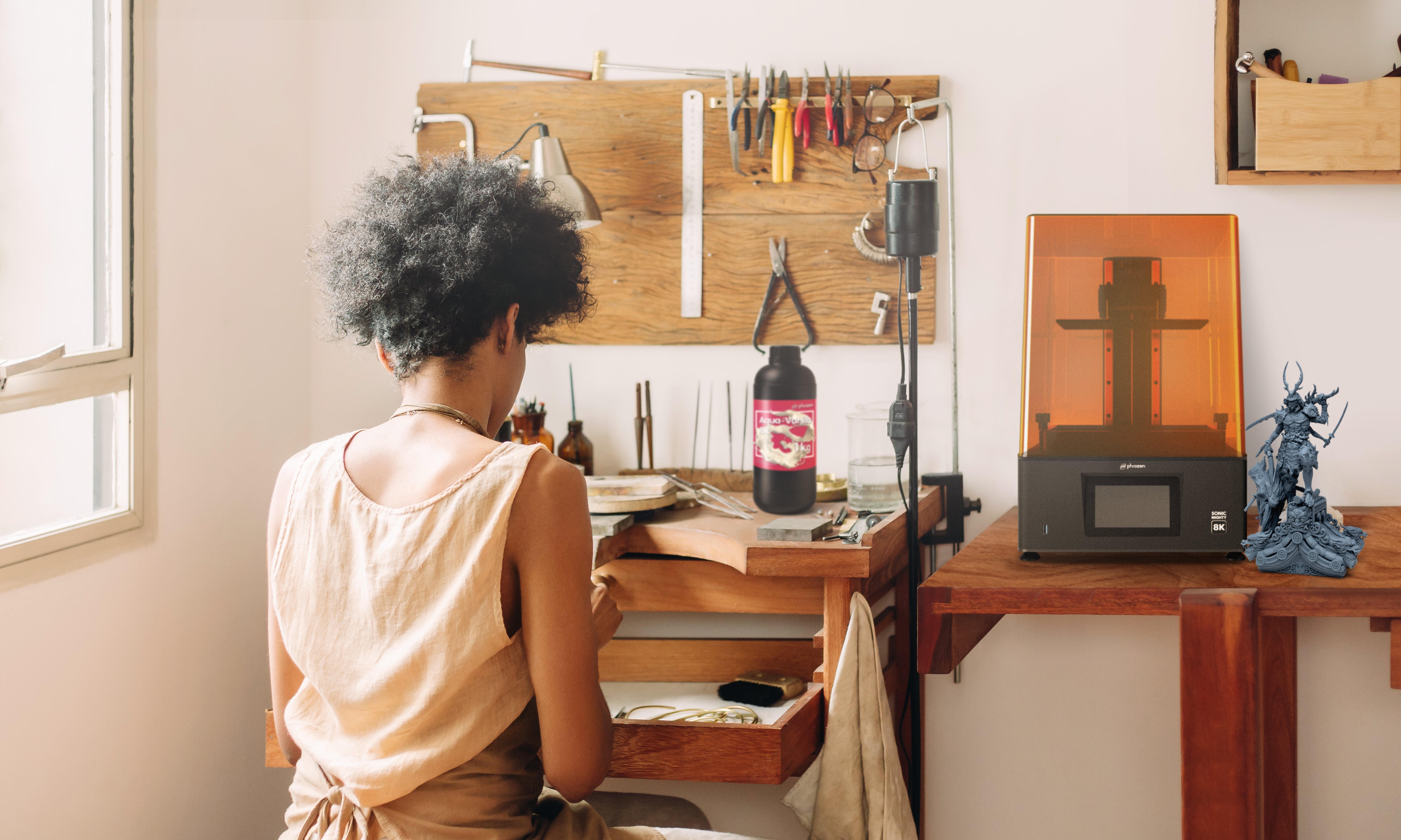
Conclusion
As long as you can create the 3D version on your computer, it is possible to produce it in the form of 3D printing with various sizes of printers.
3D printing is a professional skill in the digital age. 3D printer options significantly shorten the production cycle. A company can effectively model prototypes, manufacturing different detailed choices. 3D has the potential to enlarge the production scale. This is the reason why it is so important to teach it to students.
The complex aspects of designing are entirely taken care of with 3D printing. After finishing a project on paper, people bring the actual design into existence with a printer. These printing skills and more are taught to people of different ages. 3D gives advanced practical skills. With a beginner-friendly printer, you're good to go.

